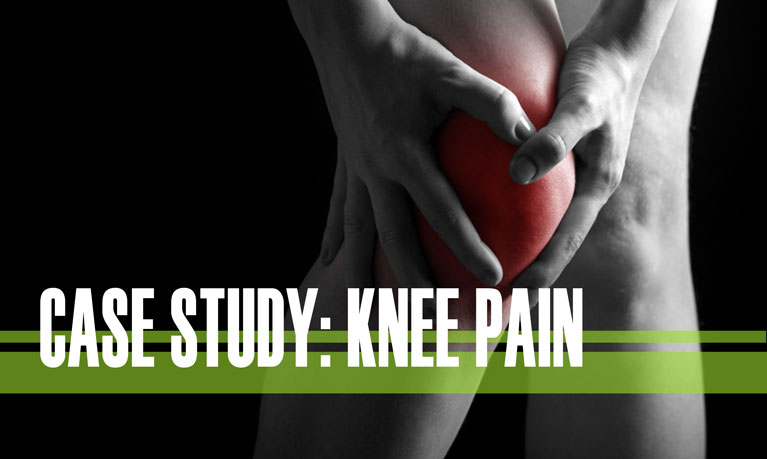One of the reasons our office focuses on neuro-structural chiropractic care is because it is one of the most neglected, yet most impactful, components in the treatment of chronic pain and injury. I especially enjoy seeing those who have been treated “everywhere” with limited relief. Since we opened the practice in Holland in 2014, we’ve had amazing results and about a 90% success rate with many unresolved joint pains (including shoulder, hip, ankle, elbow pain and knee pain) from injuries or surgeries. Let me share a case with you.
Case Study
Patient: 27 year-old male
Chief complaint: Left knee pain and swelling started 6 years ago
Back story: The patient was an avid road biker, but over time it had resulted in left knee swelling after rides and a constant ache above the knee cap. He eventually quit biking completely. When he visited our office, he was still experiencing the constant knee pain that was worse when going up stairs. On top of that, a couple times a week, he would get a severe sharp knee pain on the left without any warning, and his knee would give out.
Before visiting our office, he was instructed by his medical doctor to perform some quad exercises with minimal relief.
Results
After the first treatment, he was pain-free for 2 whole days. After 3 treatments, he no longer had the constant ache. He took a trip to Disney World with his family 3 weeks after the 3rd visit. Despite all the walking and lifting, he did not experience a single episode of knee pain.
In fact, he has had 0 episodes of severe sharp pain in his left knee since his first treatment. 2 months ago, he was able to squat 315 lbs, which was something he had not felt stable to do in a long time. It’s been 4 months since his last knee treatment, and his knee continues to feel and work great.
Why Does It Work?
- Correctly identifying the pain source. A thorough examination can help us narrow down the list of possible pain generators. Pain can arise from many different musculoskeletal structures, including muscles, joints, ligaments, and tendons. However, in this particular case, the pattern doesn’t match any of the above mentioned pain sources. The culprit was, in fact, some irritated peripheral nerves that are often overlooked by practitioners.
- Treat the pain first. I’m not saying to chase the symptoms, BUT activation of the pain fiber inhibits activation of proper muscle groups. Before we go into active rehabilitation, we must bring the pain level down significantly.
- Make sure the joints are moving well. Chiropractic adjustments for the knee is also important, because if the joint is not moving properly, it can also neurologically inhibit muscles around it and lead to pain and imbalance.
- Gait analysis and retraining the muscles. Since the pain has been there many years, it has certainly resulted in abnormal muscle recruiting patterns. A digital gait analysis can help us correctly identify the weakness and prescribe specific exercises for it.
Only by executing all these steps correctly are we able to attain long lasting results.
About the Author
Dr. Lily Semrow is a Board Certified Chiropractic Neurologist who focuses on Neuro-Structural Correction. She has a B.S. in Nutrition and a doctorate in Chiropractic. She has a passion for serving families and helping people who could not get better through traditional and alternative means.

